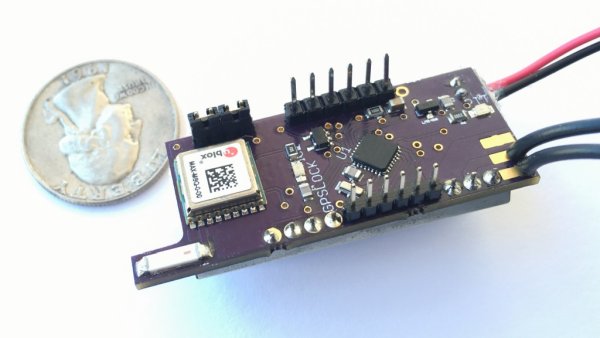There are a lot of reasons to put together a weather balloon launch. Its a great project for a STEM /STEAM class, it requires planning, electronics and programming, and teamwork. It has a lot of great classroom applications, giving a tangible demo of aerodynamics, physics, meteorology, geology, and more. Additionally its a great way to get amateur radio into the classroom and get a new generation into this great hobby. Outside of classrooms there is citizen science to be had, gathering your own data of atmospheric conditions or testing devices in space like conditions. And finally there are the amazing photos and videos that can be made only with weather balloons. Above all launching weather balloons is a lot of fun and a great challenge.
So You’re Launching A Weather Balloon:
Congratulations, you’ve decided you’re going to launch a weather balloon. Now what? The first step is to gather your equipment, there are only a few required components, the rest is up to you and your goals for the flight. These instructions are likely to be updated so check back for more info.
Required Components:
Know the laws where you are launching. There will likely be two authorities that you will have to comply with on your flight, take the time to find out who the authorities are and their rule and regulations for where you are launching / flying / landing your balloon. In the United States the FAA regulates flights, and FCC regulates radio equipment. FAA regulations can be found here and FCC regulations here. To boil it down, here are the basics:
1. Payloads cannot exceed a package weight/size ratio of three ounces per square inch. You can determine this by dividing the total package weight by the area in square inches of the smallest surface.
2. Rope or cable connecting your payload or balloon may not have a tensile strength greater than 50 pounds.
3. No payload package may weigh more than 6 pounds.
4. The entire weight of all payloads cannot exceed 12 pounds in total weight. This does not include the weight of the balloon.
5. Cell phones are not permitted to transmit in flight on high-altitude weather balloons
6. You may not launch a high-altitude weather balloon which creates a hazard to other people and property
7. No one may use a high-altitude weather balloon to drop objects
For more detail:A Tutorial For Launching Your First Balloon

